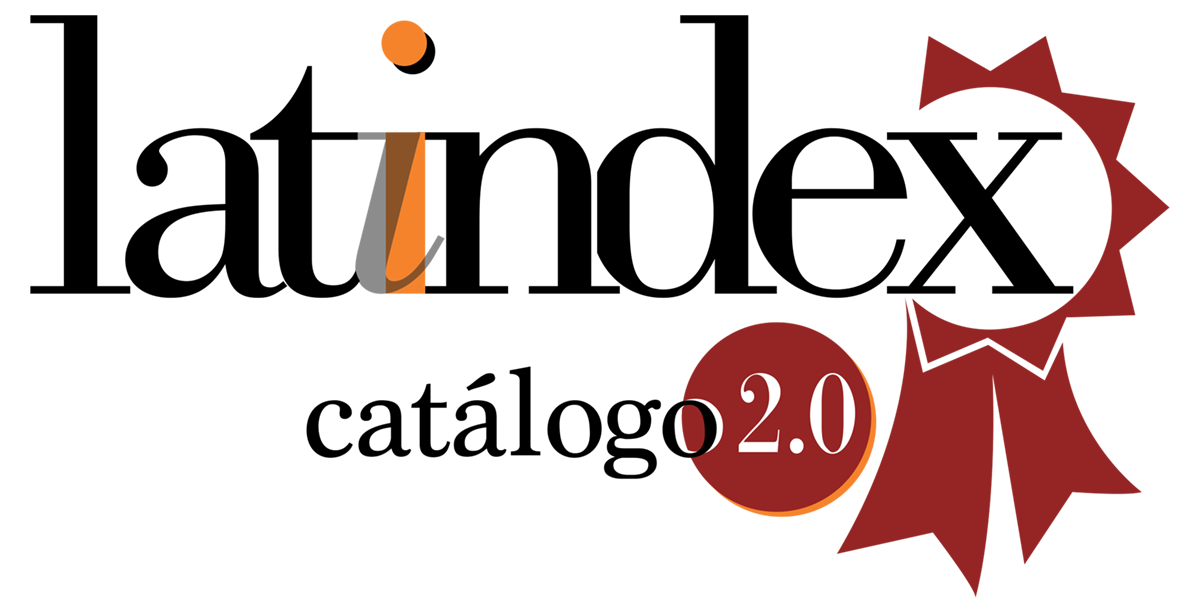Study of the effect of shoeing on equine locomotion using inertial sensors
DOI:
https://doi.org/10.24215/15142590e086Keywords:
equine, shoeing, kinematic, inertial sensors, data loggingAbstract
This article describes the design and implementation of an ad hoc data logger system to monitor kinematic effects imposed by trimming and shoeing protocols on the dynamic balance of the equine hoof. This method is a low-cost solution, that uses inertial measurement sensors (IMU's). Data representation in open software is presented and the average acceleration and angular velocity recorded on days 0, 15, 30, 40 after implementing a standard trimming and hoof shoeing protocol are statistically analyzed. The results indicated significant differences between measurements (p<0.05). Conditioning favored the dorsopalmar, vertical and lateromedial hoof balance, increased the load on the palmar region and optimized the contact and support until day 40, when the load was distributed asymmetrically in lateromedial direction. Association between shoeing practices and hoof balance was significant (r=0,97), so their application, as well as their frequency of implementation, should be taken into consideration when evaluating the effect on the animal.
Downloads
Metrics
References
Antonioli ML, Canola PA, de Carvalho JRG, Fonseca MG, Ferraz GC. 2023. Immediate effect of hoof trimming on hoof and thoracic joint angles in Mangalarga mares. Animals: an open access journal from MDPI. 13(15):2490. https://doi.org/10.3390/ani13152490
Atkins CA, Pond KR, Madsen CK, Moorman VJ, Roman Muniz IN, Archibeque SL, Grandin T. 2019. Sensor analysis and initial assessment of detectable first hoof contacts and last break-overs as unique signal fluctuations for equine gait. Translational Animal Science. 3(4):1389-98. https://doi.org/10.1093/tas/txz089
Chateau H, Degueurce C, Jerbi H, Crevier-Denoix N, Pourcelot P, Audigiéa F, PasquiBoutard V, Denoix JM. 2002. Three-dimensional kinematics of the equine interphalangeal joints: articular impact of asymmetric bearing. Veterinary Research. 33(4):371-82.
https://doi.org/10.1051/vetres:2002023
Clayton HM, Hobbs SJ. 2017. The rol of biomechanical analysis of horse and rider in equitation science. Applied Animal Behaviour Science. 190:123-32. https://doi.org/10.1016/j.applanim.2017.02.011
Davidson EJ. 2018. Lameness evaluation of the athletic horse. The Veterinary Clinics of North America: Equine Practice. 34(2):181-91. https://doi.org/10.1016/j.cveq.2018.04.013
Greve L, Dyson S. 2020.What can we learn from visual and objective assessment of nonlame and lame horses in straight lines, on the lunge and ridden? Equine Veterinary Education. 32(9):479-91. https://doi.org/10.1111/eve.13016
Hagen J, Bos R, Brouwer J, Lux S, Jung FT. 2021. Influence of trimming, hoof angle and shoeing on breakover duration in sound horses examined with hoof‐mounted inertial sensors. The Veterinary Record. 189(4):e450. http://dx.doi.org/10.1002/vetr.450
Horan K, Coburn J, Kourdache K, Day P, Harborne D, Brinkley L, Carnall H, Hammond L, Peterson M, Millard S, Pfau T. 2021. Influence of speed, ground surface and shoeing condition on hoof breakover duration in galloping thoroughbred racehorses. Animals: an open access journal from MDPI. 11(9):2588. https://doi.org/10.3390/ ani11092588
Ishihara A, Bertone AL, Rajala Schultz PJ. 2005. Association between subjective lameness grade and kinetic gait parameters in horses with experimentally induced forelimb lameness. American Journal of Veterinary Research. 66(10):1805-15.
https://doi.org/10.2460/ajvr.2005.66.1805
Keegan KG, Yonezawa Y, Pai PF, Wilson DA. 2002. Accelerometer-based system for the detection of lameness in horses. Biomedical Sciences Instrumentation. 38:107-12.
Kelleher ME, Burns TD, Werre SR, White NA.2021. The immediate effect of routine hoof trimming and shoeing on horses'gait. Journal of Equine Veterinary Science. 102:103633. https://doi.org/10.1016/ j.jevs.2021.103633
Leelamankong P, Estrada R, Mählmann K, Rungsri P, Lischer, C. 2020. Agreement among equine veterinarians and between equine veterinarians and inertial sensor system during clinical examination of hindlimb lameness in horses. Equine Veterinary Journal. 52(2):326-31. https://doi.org/10.1111/evj.13144
Leśniak K, Williams J, Kuznik K, Douglas P. 2017. Does a 4-6week shoeing interval promote optimal foot balance in the working equine? Animals: an open access journal from MDPI. 7(4):29. https://doi.org/10.3390/ani7040029
Moorman VJ, Reiser RF, Peterson ML, McIlwraith CW, Kawcak CE. 2013. Effect of forelimb lameness on hoof kinematics of horses at a walk. American Journal of Veterinary Research. 74(9):1192-7. https://doi.org/10.2460/ajvr.74.9.1192
Serra Bragança FM, Rhodin M, Van Weeren PR. 2018.On the brink of daily clinical application of objective gait analysis: what evidence do we have so far from studies using an induced lameness model? The Veterinary Journal. 234:11-23.
Published
How to Cite
Issue
Section
License
Copyright (c) 2024 Paula Cánepa, Juan Manuel Chilo, Martin Rodolfo Chilo, Marcos Gadze, Viviana Edith De Palma

This work is licensed under a Creative Commons Attribution-NonCommercial-NoDerivatives 4.0 International License.
Authors retain the copyright and assign to the journal the right of the first publication, with the with the terms of the Creative Commons attribution license. This type of license allows other people to download the work and share it, as long as credit is granted for the authorship, but does not allow them to be changed in any way or used them commercially.

Analecta Veterinaria by School of Veterinary Sciences, National University of La Plata is distributed under a Creative Commons Attribution-NonCommercial-NoDeriv 4.0 International License.

























